Deck & Commander Strategies
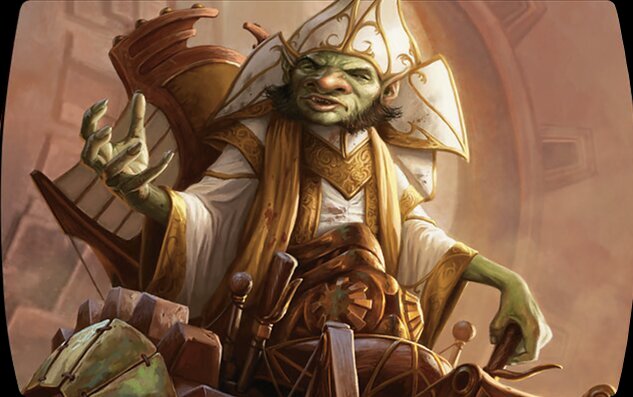
Daretti, Scrap Savant
Artifact synergy and value through sacrificing and recurring artifacts, controlling the board with removal like Blasphemous Act, and generating value with cards like Goblin Welder and Trading Post.

Grimgrin, Corpse-Born
Zombie tribal and sacrifice theme, generating zombie tokens with Grave Titan, untapping Grimgrin through sacrifices to grow his power, and applying pressure through repeated combat swings.

Animar, Soul of Elements
Creature-centric deck focused on ramp, card draw, and +1/+1 counters, building a large board presence with cheap creatures and protecting them with counterspells like Swan Song to overwhelm opponents.

Azusa, Lost but Seeking
Land ramp and unblockable creatures to apply consistent combat damage, supported by life gain and synergistic land interactions to maintain board presence and longevity.
Gameplay Insights
- 1
Animar's timely use of Swan Song to counter Daretti's Blasphemous Act was crucial in preserving his board state and maintaining momentum.
- 2
Grimgrin leveraged sacrifice mechanics efficiently by generating tokens with Grave Titan and sacrificing them to untap Grimgrin, enabling multiple attack phases.
- 3
Daretti utilized artifact recursion and combo pieces like Trading Post and Contagion Engine to control the board and generate incremental advantage.
- 4
Azusa capitalized on unblockable creatures with Rogue's Passage and Mosswort Bridge to chip away at opponents and gain life, maintaining pressure despite board wipes.
- 5
Animar maximized card advantage through creatures like Kozilek, Butcher of Truth and ramp with Lotus Cobra, enabling him to cast multiple spells per turn and grow large threats quickly.
- 6
Combat interactions, such as Colossus blocking Grimgrin and strategic sacrifices, played a significant role in shaping the board and damage output.
Notable Cards
-
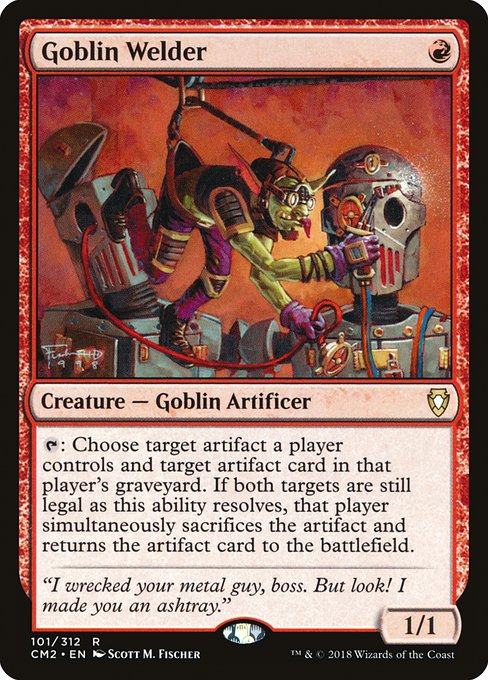
Goblin Welder
-
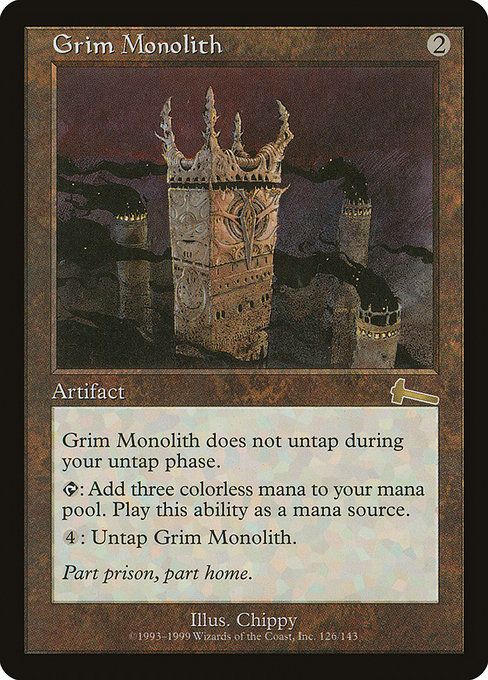
Grim Monolith
-
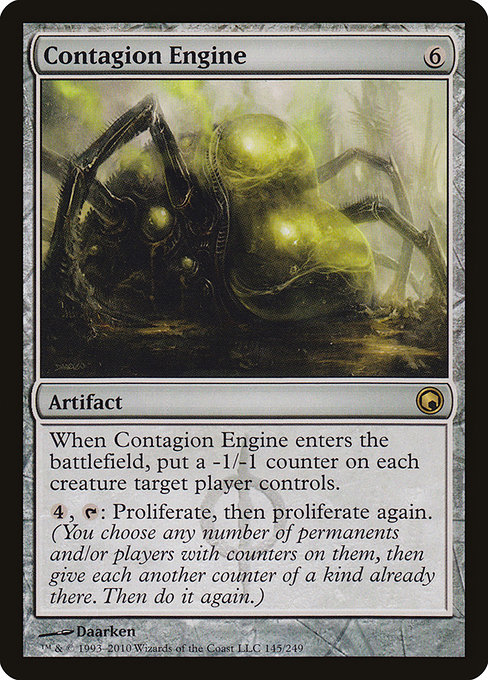
Contagion Engine
-
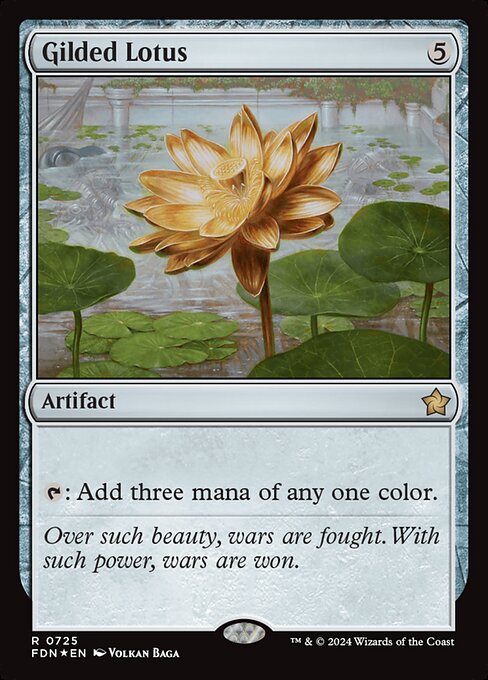
Gilded Lotus
-

Blasphemous Act
-

Swan Song
-
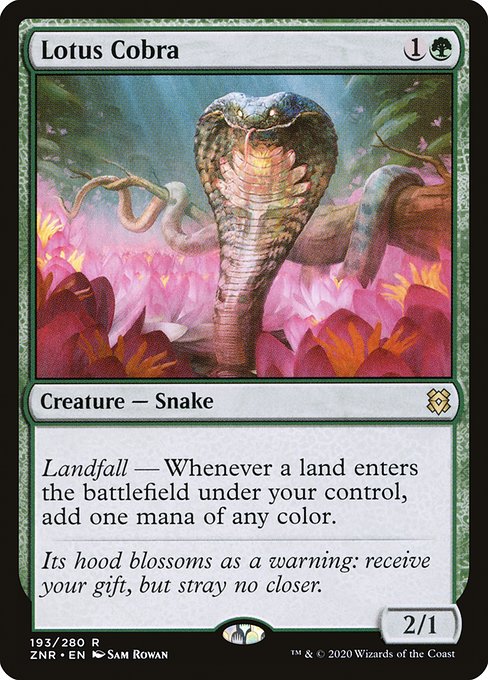
Lotus Cobra
-
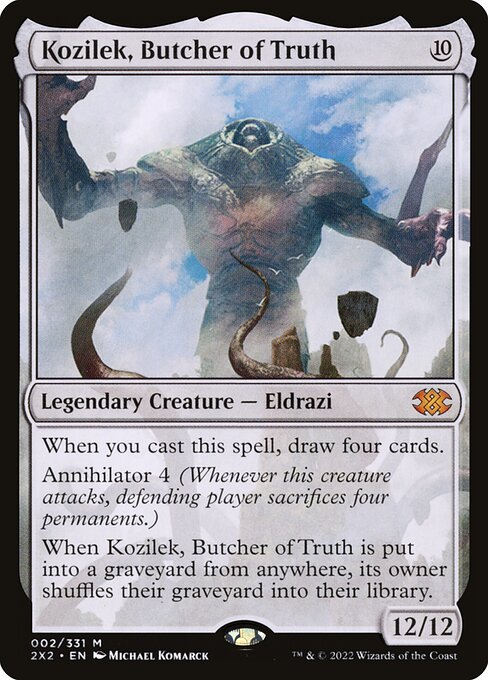
Kozilek, Butcher of Truth
-
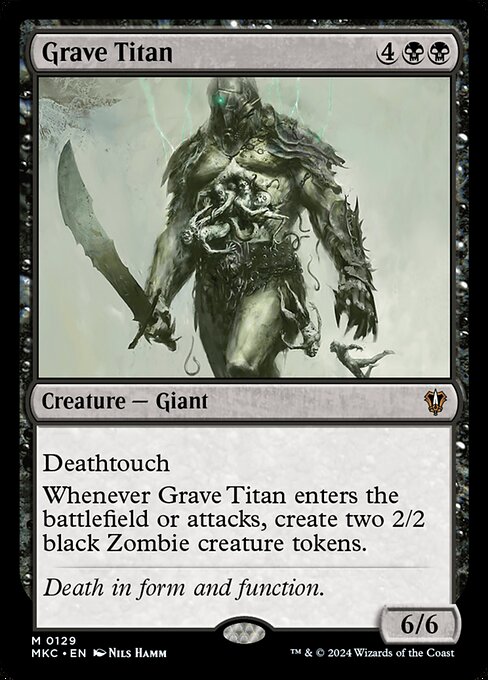
Grave Titan
-
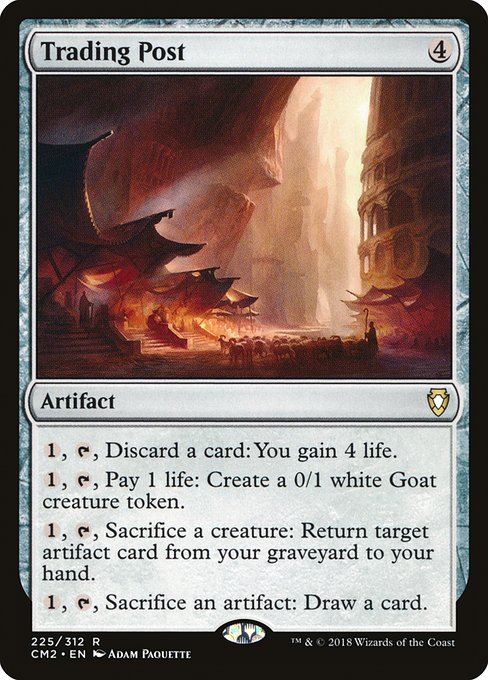
Trading Post
-
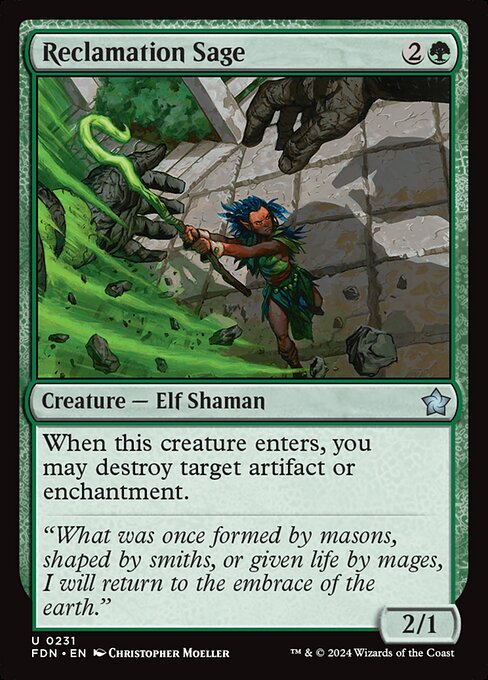
Reclamation Sage
-
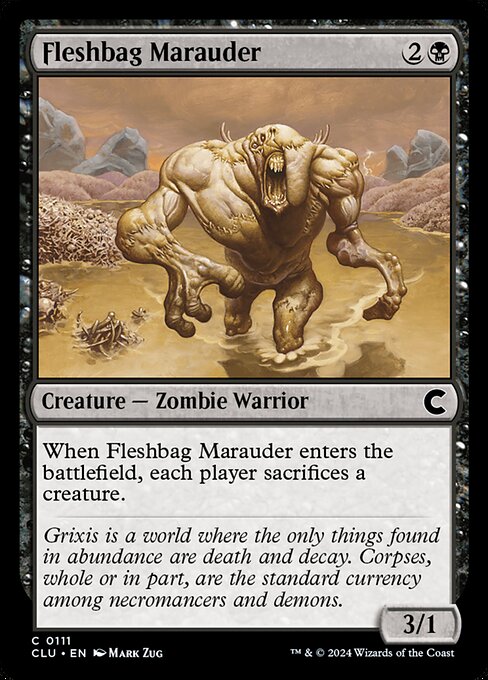
Fleshbag Marauder
Gameplay Summary
The game began with each player setting up their mana base and early board presence, with Daretti deploying artifact synergies, Grimgrin focusing on zombie token generation and sacrifice mechanics, Azusa ramping with lands and making key creatures unblockable, and Animar developing a strong creature and counter-driven board.
Early plays included Goblin Welder and Grim Monolith from Daretti, and graveyard recursion and token generation from Grimgrin.
Animar leveraged ramp spells and card draw to quickly build board presence and counters, while Azusa utilized unblockability and life gain to maintain pressure. A pivotal moment occurred when Daretti attempted to cast Blasphemous Act to clear the board, but Animar responded with Swan Song to protect his creatures, maintaining his tempo.
Grimgrin was able to generate multiple zombie tokens through Grave Titan and sacrifice creatures to keep his commander active and deadly, swinging in with significant damage.
Animar continued to grow through creatures like Lotus Cobra and Kozilek, Butcher of Truth, drawing many cards and gaining counters.
Azusa maintained an aggressive stance with unblockable attacks and life gain from creature triggers.
The game featured strong artifact synergy from Daretti, including Gilded Lotus and Trading Post, and key plays such as Colossus blocking Grimgrin and multiple land drops enabling Animar's spells. As the game progressed, Animar's ability to protect his board and grow his creatures made him a formidable threat, while Grimgrin's relentless token pressure and sacrifice combos kept the game dynamic.
Daretti's artifact toolbox and removal attempts kept the board in flux, and Azusa's ramp and unblockable creatures applied steady pressure.
The interplay of board wipes, counter manipulation, and combat damage shaped the unfolding game state, culminating in Animar leveraging his card advantage and board control to maintain a dominant position.



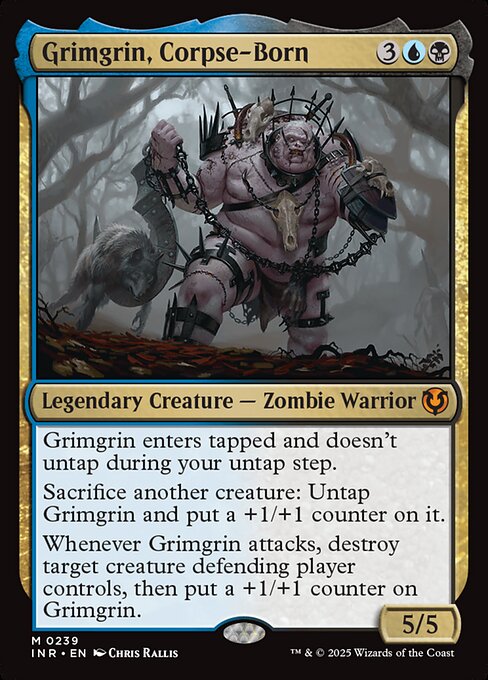



































![Xyris vs Grimgrin vs Mogis vs Illuna [EDH Gameplay] 2020 thumbnail](https://i.ytimg.com/vi/pHo2vOPZ0vg/sddefault.jpg)
![Sharuum vs Grimgrin vs Mogis vs Kynaios and Tiro [EDH Gameplay] 2020 thumbnail](https://i.ytimg.com/vi/QpJrr_CcH2M/sddefault.jpg)

